18. L.A. Confidential (Curtis Hanson, 1997)
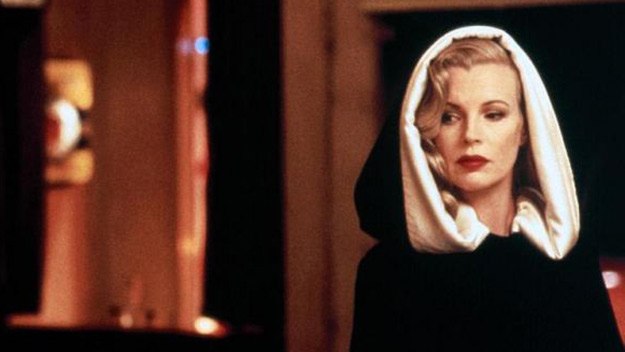
This noir-throwback breaks apart the Los Angeles façade that was presented in the 1950s (and to a lesser extent still today). The mystery crime drama takes place during a time in the early 1950s as the LAPD attempt to present the world with a clean image of Los Angeles with regard to crime and the police force.
The story focuses on three members of the LAPD, Officer White (Russell Crowe), Detective Exley (Guy Pearce), and Detective Vincennes (Kevin Spacey), as they each work to solve a murder case involving White’s ex-partner.
The mystery becomes larger than the three detectives expect, quickly involving L.A.’s organized crime and an upscale prostitution ring/pornography business, “Fleur-de-Lis” — with Veronica Lake look-alike, Lynn Bracken (Kim Basinger) to help Officer White put together the pieces of the puzzle.
The film begins with picturesque stock footage of Los Angeles in the 1950s: postcards, palm trees, orange groves, movie stars, swimming pools…
All beautiful images of L.A. that spring to mind from that era. Sid Hudgens (Danny DeVito), publisher of a tabloid magazine, narrates, giving us the low-down on the crime world of L.A. as he writes a piece on ex-mafia boss, Mickey Cohen (real life L.A. mobster). He explains that we’ve been sold this beautiful image of Los Angeles through film and television—namely, a hit detective drama “Badge of Honor,” (which Detective Vincennes works on), a show in which the cops always miraculously put their criminals behind bars.
This film shows us the underbelly of this “clean” society. Los Angeles- a city notorious for creating deceptive appearances- is the perfect setting.
19. The Big Lebowski (Joel Coen, Ethan Coen, 1998)
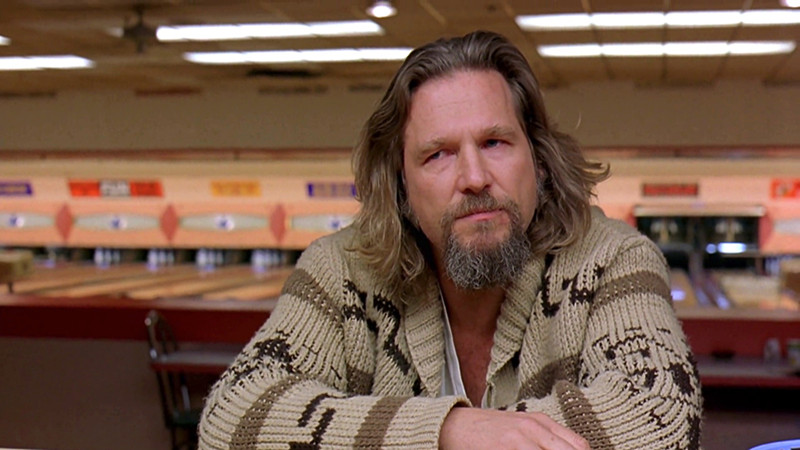
The Coen Brothers’ acclaimed cult film takes the viewer on a stoned trip around L.A., as avid bowler Jeff Lebowski AKA the Dude (Jeff Bridges) and his friend Walter (John Goodman) unravel a complex mystery involving another Jeffery Lebowski, kidnapping, nihilists, and a soiled rug.
Two thugs invade the Dude’s apartment with a baseball bat threatening him to pay pornographer Jackie Treehorn (Ben Gazzara) the money that his wife Bunny owes. Puzzled and annoyed, the Dude informs the men that he has no wife. They mistook the Dude for another Jeffery Lebowski (David Huddleston), disabled philanthropist whose twenty-something wife Bunny (Tara Reid) owes money all over town.
Frustrated, one of the two thugs pees on the Dude’s Persian rug. Walter later insists that the Dude should request another rug from the other Lebowski, to repay the damage that should have been enacted upon the rich Lebowski. The Dude pays a visit to Lebowski and quickly becomes mixed up in a mystery involving the apparent kidnapping of Bunny.
The film is a complex maze filled with idiosyncratic characters that takes the audience through the streets of Los Angeles. Filmed in real locations around the city, The Big Lebowski captures a certain quirkiness of the various neighborhoods around L.A., such as the classic bungalow apartment in which the Dude lives, the 50s style bowling alley which the Dude frequents, and the avant-garde warehouse art scene of which Maude Lebowski (Julianne Moore) is involved.
20. Mulholland Drive (David Lynch, 2001)
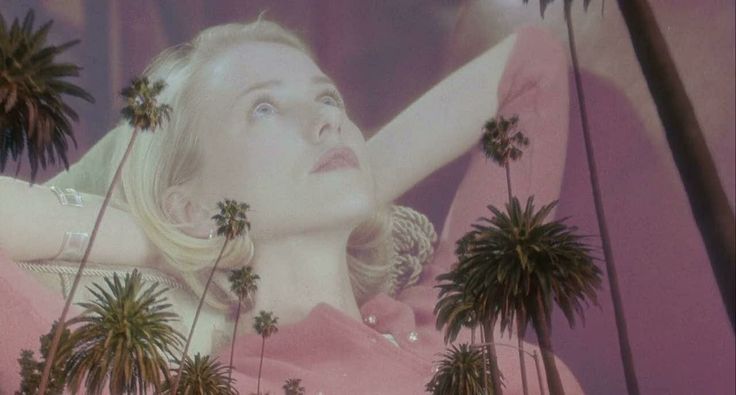
David Lynch’s original tagline for this film is, “A love story in the city of dreams.” Lynch’s treatment of Los Angeles makes it feel more like a city of nightmares. In characteristic Lynchian style, the film follows a mysterious narrative, in which dreams (and nightmares) come to life.
The film begins with a beautiful unnamed woman (Laura Harring) being chauffeured along Mulholland Drive. As the car stops outside of its destination, it is swiftly clear the woman is in some sort of danger. Abruptly, a car filled with rowdy teenagers playing chicken crash into the car, leaving all dead except the woman, who promptly leaves the scene. The woman seems to have some sort of head injury and quickly hides in a vacant apartment to rest.
The following day, Betty (Naomi Watts) arrives in L.A. from Canada, hoping to become a Hollywood actress. She has arranged to stay in her aunt’s vacant apartment, the same apartment where the mysterious woman is hiding out. Uncertain of who she is, the mysterious woman calls herself Rita. She and Betty search through Rita’s purse to find a large amount of cash and a mysterious blue key. The two work together to uncover the true identity of Rita, and soon discover more than they expect.
Apparently, Lynch originally meant for the story to be told in a television or mini-series format. When TV producers rejected Lynch’s idea, he instead turned the story into a film, resulting in a puzzling story, originally meant to unfold over a longer period of viewing time.
Either way, the film presents Los Angeles in an interesting way. We first see the L.A. grid from the Hollywood hills of Mulholland Drive when “Rita” climbs frightfully into the bushes and makes her way down into the city. When the innocent Betty first arrives at the LAX airport, she is star-struck at the idea of even being in Los Angeles. Los Angeles is both a frightening city filled with evil, as well as an idolized place where dreams are made.
21. Inland Empire (David Lynch, 2006)
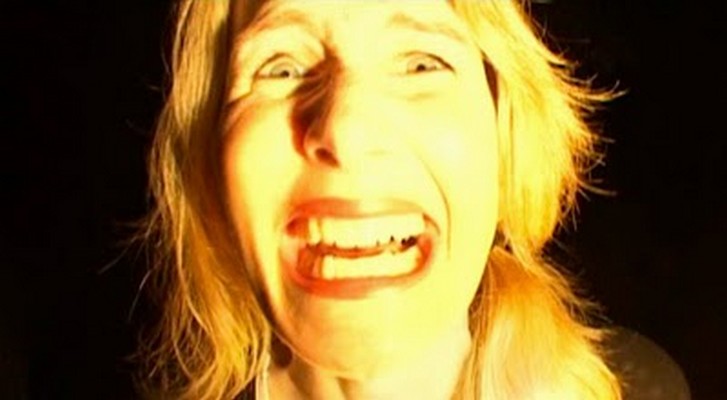
David Lynch’s highly experimental, disorienting film resists labels, explanations, and logic. Without delving too deeply into the film’s possible “meanings” (which would be a list in itself), one can see that in this film Los Angeles is of central importance.
The film watches like a video installation, with the use of a DV camera and an ethereal plot that seems to revolve around Hollywood actress, Nikki Grace (Laura Dern). After receiving an ominous visit from a mysterious Polish woman, Nikki is cast in the “star-making” role of an apparently cursed German film remake.
Upon her involvement in the film, and her forbidden relationship with co-star Devon Berk (Justin Theroux), Nikki’s identity seems to shift into that of her character, Sue. Meanwhile a parallel plot that involves Polish and American prostitutes, a Polish circus, and a character called the Phantom, interacts with Nikki/Sue, both consciously and subconsciously.
Although the film’s plot remains vague, there is no doubt that setting of L.A. plays an important role in Inland Empire. The name itself refers to a large area in Los Angeles County, about 60 miles inland from the city of Los Angeles. This general region is comprised of Riverside and San Bernardino Counties, although broader categorization could include Pomona and Palm Springs.
What’s puzzling about Lynch titling his film as such is that the area is inconsistent to the story of Nikki/Sue in Hollywood. The Inland Empire does not house any movie studios. It is not a glamorous area- on the contrary, it is mostly filled with desert, suburban sprawl, and industrial buildings (one of Lynch’s favorite filmic motifs).
Rather, it is Hollywood that is the main site of action in the film. Lynch subtly (or not so subtly) comments on the idiocy of Hollywood’s talk shows, celebrity gossip, and sitcoms (i.e. the ridiculous canned laughter interjected at inappropriate times during the bizarre, recurring “Rabbits” scene).
The announcer on a talk show (cameo by William H. Macy) on which Nikki and Devon appear, sums up Hollywood as a place “where stars make dreams and dreams make stars.” One could argue that that belief fuels Nikki’s drive to be a successful actress, becoming totally encompassed by her role, making it difficult for her (and the audience) to differentiate where the dream begins or ends.
22. Drive (Nicolas Winding Refn, 2011)

Winding Refn’s quiet, yet action-packed film stylishly depicts Los Angeles as a crime-riddled city where cars and driving play an important role.
Much of the action takes place in cars, where an unnamed main character (Ryan Gosling) undertakes the dangerous jobs of being both a driver for action sequences in films as well as a hired driver for planned crimes. His neighbor, Irene (Carey Mulligan) and her young son Benicio befriend Gosling’s character, igniting a spark of romance between Irene and the driver.
When Irene’s gangster husband, Standard Gabriel (Oscar Isaac), is released from prison he asks the driver to help him with a job to steal money from a pawn shop in order to pay off a large debt Gabriel owes to a fellow gangster. The job goes awry, thrusting the driver into the depths of the gangster crime world, endangering him, Irene, and Benicio.
Los Angeles is shown numerous times in sweeping, aerial night shots, flaunting the cityscape. The lighting makes the cars (and everything else in frame) feel crisp and sleek, yielding an extremely polished look. L.A. is the number one place where car culture flourishes, and the perfect setting where Gosling’s character lives and breathes cars.
23. Nightcrawler (Dan Gilroy, 2014)
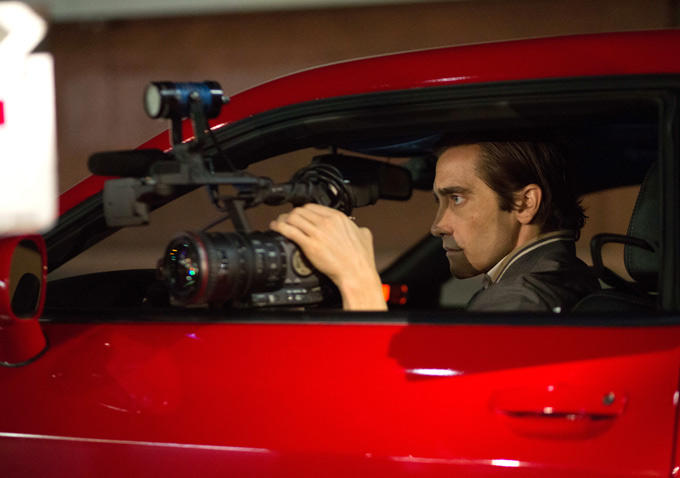
The amazing directorial debut of Dan Gilroy, Nightcrawler illustrates the rise of a sleazy, yet ambitious go-getter who will stop at nothing to earn money and praise. Los Angeles is the perfect setting for this story, as it is a city notoriously known to reward unscrupulous behavior in the media business.
Jake Gyllenhaal plays Lou Bloom, a wandering thief looking for a job. He finds his calling as a freelance videographer, roaming the streets of L.A. at night looking for bloody accidents and crime scenes to record and sell to the news. His cunning will to get ahead keeps him moving up the ladder of success as a “stringer.” He uses the people around him, and swiftly dodges the police, as he becomes directly involved in the crimes he is filming.
In addition to the bright, florescent glow of Los Angeles’ street nightlife that sets the tone for the action, Gyllenhaal’s character, a resourceful liar and thief driven to succeed, thrives well within the corruption of L.A. However immoral his actions are, he is rewarded. He shows the type of fierce motivation that flourishes in the highly competitive media business world, all too apparent in L.A.
24. Inherent Vice (Paul Thomas Anderson, 2014)

PTA’s most recent feature film sets a hippie stoner private investigator on a wild goose chase around Los Angeles as he attempts to put together a jumbled puzzle of missing persons, crime, and corruption.
PI “Doc” Sportello (Joaquin Pheonix) receives a visit one night from his ex-girlfriend Shasta Fay (Katherine Waterston), concerned that her current lover/sugar daddy, Mickey Wolfmann (Eric Roberts) is in danger. Wolfmann is an eccentric real estate king in Los Angeles, who Shasta fears will be committed to an insane asylum by his wife and his wife’s lover. Lovelorn over Shasta, Doc agrees to take on the case, which quickly spirals into a convoluted investigation into drug smuggling, real estate corruption, and missing persons.
Somewhat in the vein of The Big Lebowski and Fear and Loathing in Las Vegas, but made with Anderson’s signature stylistic touch, Inherent Vice takes the viewer on a trip around Los Angeles with Doc as he searches to uncover the mystery.
The story, which at first may be slightly overwhelming, fits perfectly within the setting of Los Angeles, where the copious neighborhoods can confuse a traveler. Like the cities within L.A., all the characters Doc meets and receives information from are spread out, yet connected. In this way, Los Angeles county serves as a symbol for the story: confusing in its layout, yet ultimately tied together.
25. Maps to the Stars (David Cronenberg, 2014)
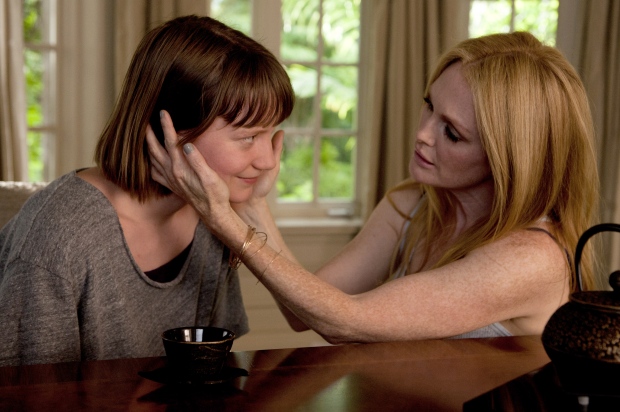
Cronenberg’s most recent feature satirizes Hollywood’s celebrity culture while confronting the audience with characters whose families are broken and/or torn apart.
Havana Segrand (Julianne Moore) is a wealthy yet desperate B-list actress in Hollywood, haunted by the memory of her mother, a renowned actress who died in a fire. Havana believes her mother abused her, and routinely goes to massage psychotherapy sessions with Dr. Stafford Weiss (John Cusack) to work out her feelings. She meets Agatha (Mia Wasikowska), a disfigured 18-year-old injured badly in a fire, who becomes Havana’s new “chore whore” upon the recommendation of Carrie Fisher (playing herself).
Frantic to reprise her mother’s role in the upcoming remake of her mother’s early successful film, Havana begins to hallucinate. Meanwhile, Benjie Weiss (Evan Bird), Dr. Weiss’ teenage son, and successful child star, begins to face his own hallucinations of dead children as he comes to terms with his own psychological issues resulting from a childhood trauma involving his older, estranged sister.
Involving overt themes of incest, satirical depictions of Hollywood’s celebrity lifestyle, and the recurrence of Paul Éluard’s poem “Liberté,” the film pieces together the drama of people isolated from their families and trying to find purpose through success and fame.
The film makes fun of L.A.’s rich and whiney celebrities, who are desperate to retain their youth and beauty- markers of their success in this business where image matters as much as, if not more than, talent.
Author Bio: Esther Zeilig is a graduate from UCLA’s School of Film and Television, with an emphasis in Cinematography. She spends her free time doing what she loves: watching film, working on her photography, and snuggling with her cats.